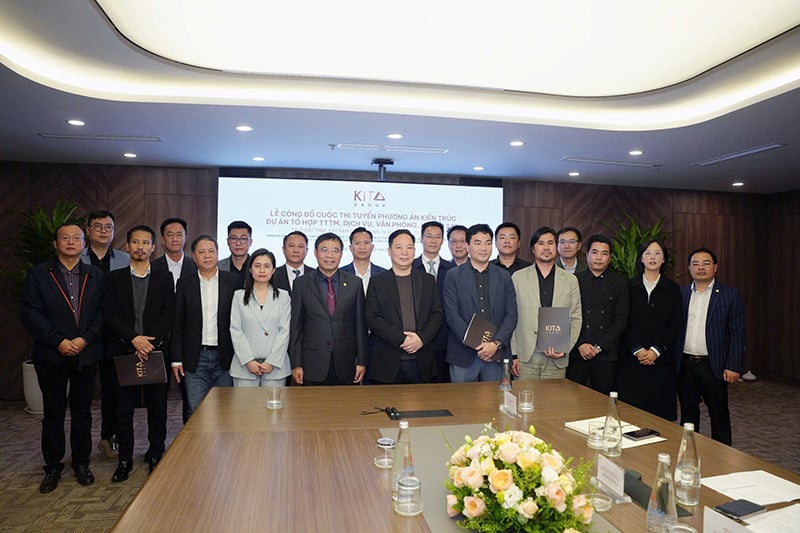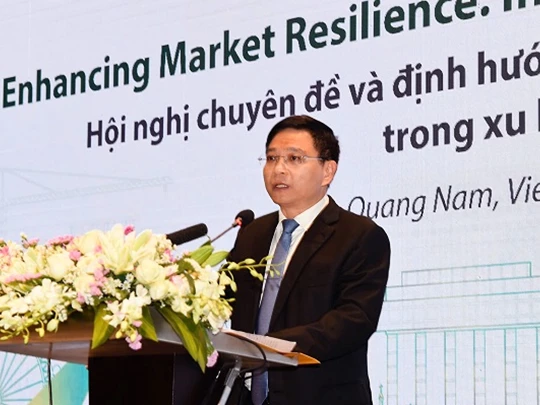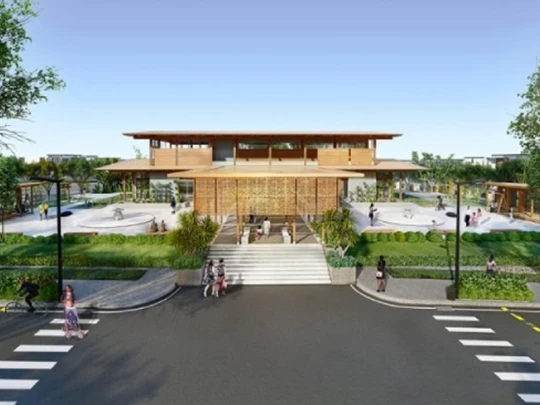DNVN - Marathon runners need different types of energy to run continuously throughout the race. When their energy reserves are depleted, they will go to aid stations to replenish them. Similarly, the power grid also needs energy reserves to stabilize demand during peak times, and energy storage systems (ESS) will provide that ability.
The goal of grid modernization is to transform the current electric power infrastructure to meet the demands of the 21st century and beyond. This change in the grid and energy markets is a complex and ongoing process. Collaboration between utilities, technology companies, policymakers, and consumers is needed to overcome the challenges and seize the opportunities of grid modernization. A key element of this transformation is integrating more technology into the grid.
Energy storage in the grid
The most common energy storage system is the battery energy storage system (BESS), but that is not where ESS began. Pumped hydropower began in Europe in the late 19th century and grew throughout the 20th century in areas with suitable river systems. The widespread oil crises of the late 20th century spurred research into alternative energy storage sources. Advances in battery technology have transformed BESS systems from primarily lead-acid to lithium-ion compounds.
The integration of renewable energy sources such as wind and solar is also driving the demand for ESS. Large-scale ESS systems are becoming increasingly popular, playing a key role in stabilizing the grid and enabling continued renewable energy generation. Other energy storage technologies gaining traction include flow batteries, thermal energy storage, and compressed air energy storage. Energy storage is a journey from discovery to demand, and will play an integral role as the world moves toward a cleaner, more sustainable future through grid modernization.

Mr. Matthew Borst, Keysight Technologies.
Storage systems support grid modernization
Several energy storage systems are playing a key role in improving the reliability, efficiency and sustainability of the grid, including:
Lithium-ion batteries: Lithium-ion battery technology has grown rapidly due to its high energy density, fast charging speed, and falling cost. The technology has a more flexible chemistry, making it suitable for a wide range of applications from electric vehicles to grid storage. Lithium-ion technology also plays an important role in renewable energy by quickly storing excess solar and wind power for later use.
Pumped storage hydropower: Pumped storage hydropower is a mature, proven technology with proven reliability and long-term storage capabilities. It is ideally suited for large-scale energy transitions by balancing daily and seasonal fluctuations in energy. Its only limitation is the need for specific geographic conditions for deployment.
Flow batteries: Flow batteries can store energy for long periods of time, making them suitable for seasonal energy shifts. They can also be deeply discharged without losing performance. However, this is still an emerging technology that is being developed and commercialized.
Compressed Air Energy Storage (CAE): Similar to pumped hydro, CAE can store energy for long periods of time and requires specific geological structures to compress the gas. A key benefit of CAE is the efficiency of energy conversion with minimal losses.
Thermal energy: Thermal energy storage can hold energy for days or even months. Heat can be stored in many forms, such as molten salt, ice, and hot water. Thermal energy storage is compatible with solar and geothermal energy, facilitating integration with renewable heat sources.
There are a number of other emerging technologies such as solid-state batteries, hydrogen storage, and gravity-based storage that are being evaluated for large-scale deployment. These technologies, individually or in combination, are modernizing the grid into a more stable and resilient system.
Benefits and challenges of energy storage for grid modernization
More advanced ESS systems are a key element in transforming the traditional grid to become smarter and more efficient. Modernizing the grid brings many benefits to the system as well as to users. Utilities benefit because energy storage can improve grid efficiency by shifting electricity consumption to off-peak hours and optimizing the use of existing grid infrastructure – reducing overall pressure on the existing grid. ESSs are also key in integrating renewable energy sources by storing excess renewable energy during periods of high generation for use during periods of high demand or low generation. This can help delay the need to build new power plants.
For consumers, energy storage can provide redundancy, reducing the frequency and duration of power outages. ESS systems can also help reduce operating costs by optimizing the use of energy resources and reducing the cost of generating electricity to meet peak loads.

Despite the significant benefits to grid modernization, the adoption and deployment of energy storage is challenging. The initial investment in ESS can be substantial, although costs will continue to fall as development continues. Some energy storage technologies have relatively short storage lifetimes, limiting their effectiveness in managing long-term energy stability. The mining, manufacturing, and disposal of batteries can have negative environmental impacts. Integrating ESS into the existing grid requires careful planning and coordination to ensure system interoperability.
Addressing these challenges is essential to successfully deploying energy storage systems and modernizing the grid. Collaboration between utilities, technology providers, regulators, standards developers, and customers will be key to successful deployment of this technology.
Future roadmap
Transforming the energy sector and grid is a complex and ongoing process. Investing in infrastructure upgrades, developing innovative technologies, and raising awareness about the availability of energy storage are all ways to unlock the full potential of energy storage systems for grid modernization so that the world can build a more resilient, efficient, and sustainable grid for the future. Like a well-trained marathon runner, the grid of the future will have multiple sources of reliable energy supply.
Matthew Borst, Keysight Technologies
Source: https://doanhnghiepvn.vn/kinh-te/kinh-doanh/luu-tru-nang-luong-chia-khoa-on-dinh-hien-dai-hoa-luoi-dien/20250220062800796



































Comment (0)